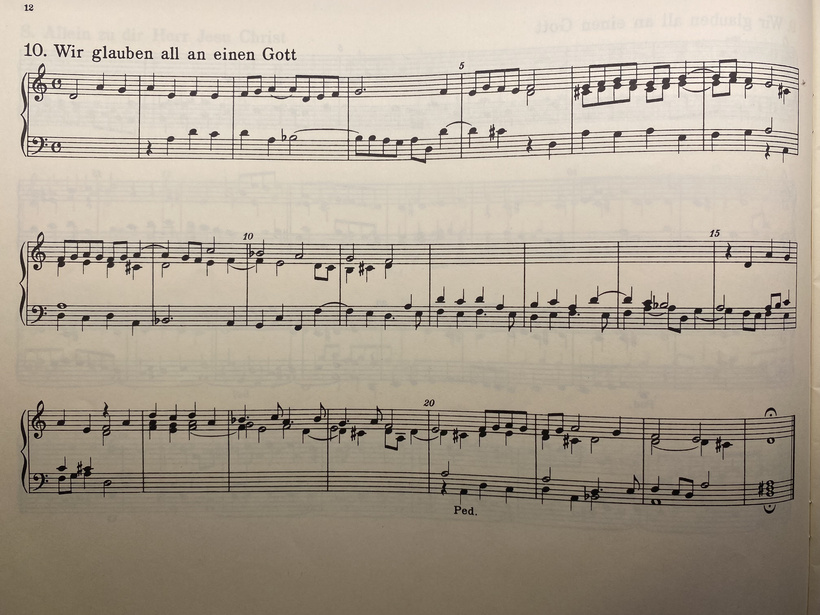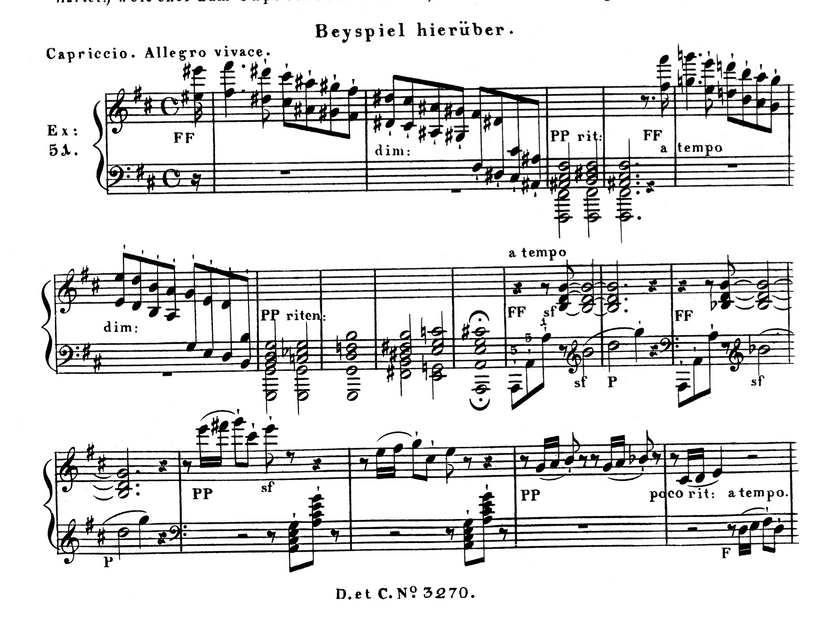Beethoven’s teacher wrote 1829 in Vienna that – in addition to knowledge in figured bass and counterpoint – you have to know by memory the best fugues of Bach and Haendel in order to improvise well fugues. I would like to comment this:
It is realist to recommend that you – as a composer – memorise 3 prelude and fugues of Bach . The idea here, however, is not the handcraft, but to give you a sense of beauty.
This distinction is missed by many teachers: the didactic model vs. the aesthetic model in improvisation.
Regarding handcraft, the most important recommendation is missing in my opnion: it is important that you are able to play and read MANY SIMPLE fugues. There you find many fugues by Haendel anyways.
The fugues of Pachelbel and others – principally those of J.C. Bach – will give you the model and motivation necessary to keep practicing.

But fugues are not the absolute goal of improvisation: it is this what shows that you achieved the eloquence in the handcraft. From the aesthetic point of view, the insight of a 2 minute theme might be so challenging as a 30 minute fugue with 6 parts on a saturated melody.
By the way, a very important method written later in the same century, but in England, set the fugue as the hardest and last goal of improvisation: in this case the author mean, a fugue will definitely set you as a improviser, but it it “not needed to go that far”. Interestingly, he gives a massive emphasis on memory, focus on sonata form, as if it were easier than a fugue. We discuss this later.. Do you know who I am speaking about?
Ironically, Czerny sets the Cappricio in the last chapter, after the fugue: exactly the most free genre of fantasia, what I personally consider to be by far the easiest.

